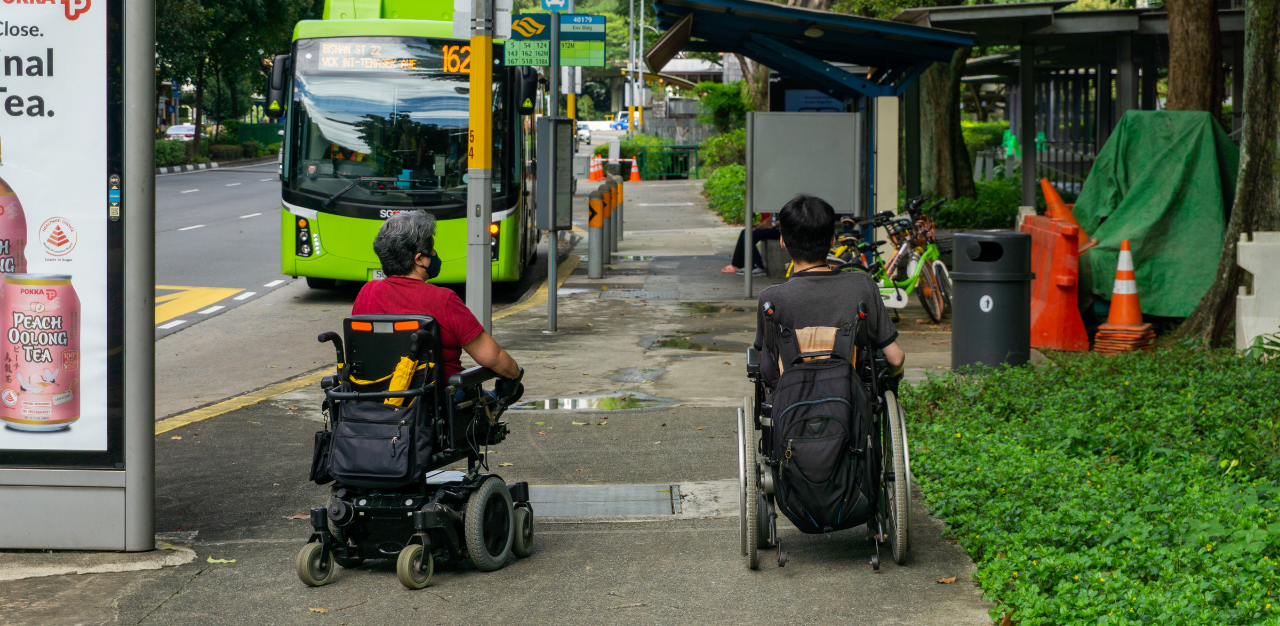With well-maintained roads and pavements, an efficient transport system, and world-class urban planning, getting around Singapore is a walk in the park for the majority of the population. But for more than 100,000 residents using wheelchairs (as of 2014), their journeys can be arduous. TheHomeGround Asia joins two wheelchair users on their adventures one Saturday afternoon to find out just how (in)accessible Singapore is.
On this balmy afternoon I find myself taking the longer route again when my two companions on wheels are unable to use the ramp. They think the slope is too steep to roll down, without the fear of losing their balance and falling out of the chair.
This, I soon learn, is an everyday conundrum for them.
“People usually think that a ramp is a solution for overcoming height differences,” Judy Wee, 60, complains. “It’ll be great if they could try being in a wheelchair and attempt to go up a ramp. It’s actually quite tough. And having a ramp is not an end-all solution, having it level and flat would be something that everyone can use.”
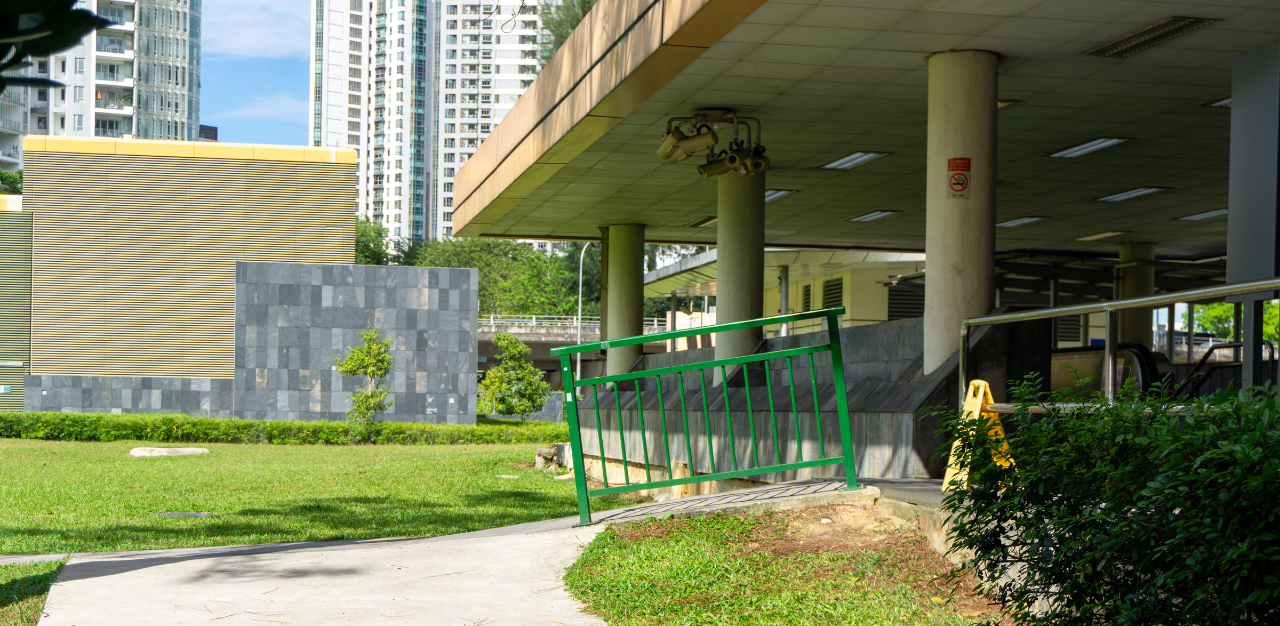
For Ms Wee, traversing Singapore is not always a walk in the park. In fact, going to the park itself poses its own set of challenges.
“There are quirky steps here and there,” she describes. “I went to one and I couldn’t go very far. And there was so much I wanted to be able to explore.”
She gives an example: “There was another park that was interesting. You step down, and not even 10 metres later, you step back up. If they had levelled the whole [area], I could have gone further.”
“If Singapore aims to be a city in a garden, then [we need to] make sure the garden is accessible. The garden that we live in [should be] as accessible as the city that we live in,” she suggests.
Despite such incidents where Ms Wee finds herself stumped by how to proceed, she acknowledges that Singapore has made great strides in improving accessibility over the years. In fact, it was one of the reasons why she had even started using a wheelchair.
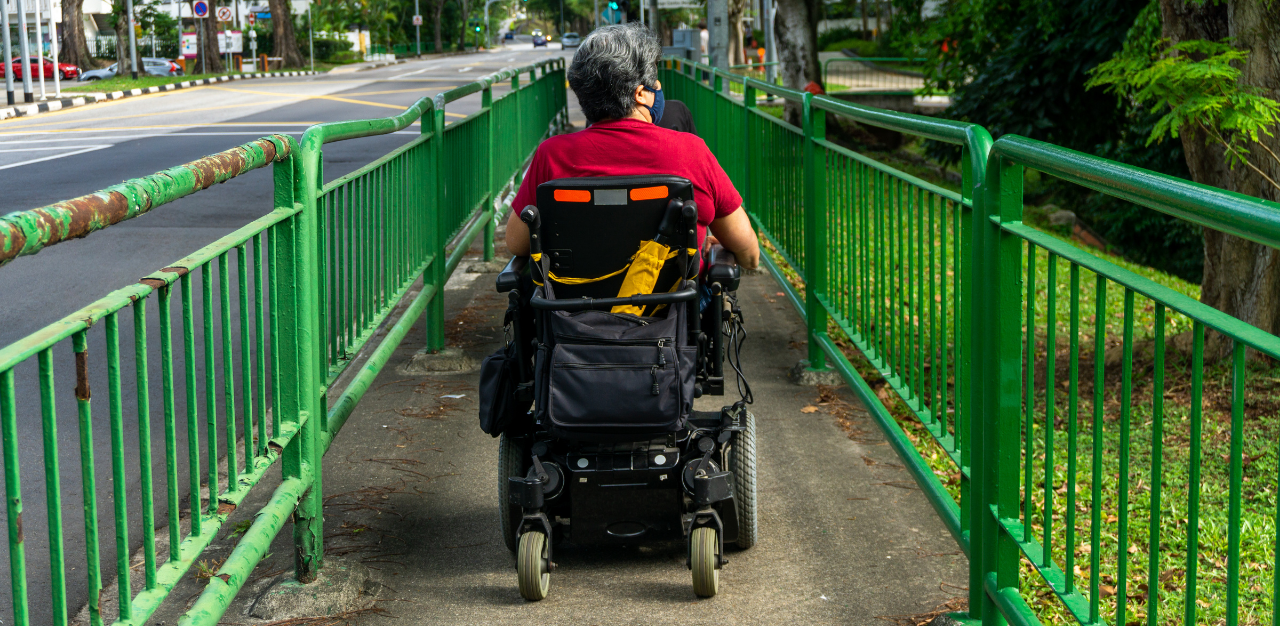
Born with limb deformities, Ms Wee shares that walking requires a herculean effort from her small stature, as her shorter limbs mean that each stride she takes does not cover much ground. In the past, she used walking sticks to help her move around but has since transitioned into a wheelchair.
She shares with a laugh, “As Singapore became more accessible, and the population of Singapore grew over the years, I thought it was a good idea to move to a wheelchair for fear of being trampled, since I’m quite short.”
Improved accessibility over the years
Joyce Wong, the Director of Centralised Services at disability-focused charity SPD, lauds the efforts Singapore has made over the years. She highlights how public transportation has made great strides in improving accessibility, with all MRT stations now having at least one barrier-free entry, and all public bus services being wheelchair-friendly since December 2020.
As the founder and principal consultant of LevelField Consultants, a firm that aims to “improve the accessibility of the built environment to be safe and usable for everyone”, Ms Wee has been on the frontlines of the evolving landscape in Singapore over the past decades.
“The kids, adults, and elderly these days who are on wheelchairs have a tremendous amount of freedom,” she says. “If it wasn’t for an accessible environment, the elderly cannot move around in motorised scooters or wheelchairs. Or even the young, they will be confined to their homes and that’s not what we want to do.”
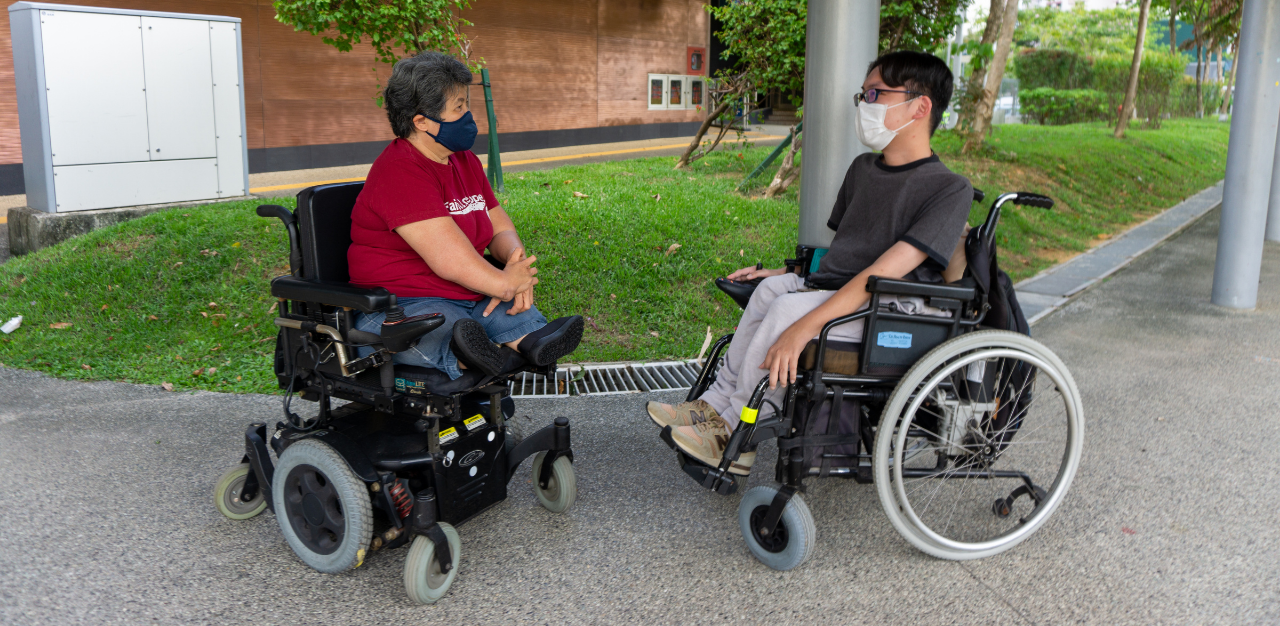
Suffering from muscle dystrophy, Lim Kay Choong, 32, agrees with her sentiments: “I think Singapore is already quite accessible. For example, many years back, the East-West Line didn’t have lifts. When I was younger, I wanted to take the train, but they didn’t allow me to take the escalator up because I was on a wheelchair, and it is not safe to go up on the escalator. That was frustrating.”
Having lived with this condition all his life, Mr Lim struggles with muscle weakness that hinders his ability to walk or carry out tasks like opening doors, lifting heavy objects, and transferring out of his wheelchair without assistance.
The condition means that he is fully reliant on using his wheelchair to get around. If any areas are inaccessible, Mr Lim has no means of circumventing them. In his case, and that of many others, accessibility is not just about clear paths and ramps, many other factors play a role as well.
To better understand the trouble Ms Wee and Mr Lim face getting around Singapore, I join them for an afternoon as they explore the Newton area.
Detours and precarious journeys
Our adventure begins at Newton MRT station. As we approach the elevator to take us to street level, a woman steps aside to let them through first. Ms Wee wishes more people would show similar consideration.
She explains, “It’s easier for the person on a wheelchair to go in first and make space for you, than for you to go in, be not sure of where to stand, and the person on the wheelchair cannot get in.”
Our first stop brings us to a building where Mr Lim has an errand to run. While there are no issues with steps or inaccessible pathways, heading into the building requires Mr Lim and Ms Wee to get out onto the driveway, or so we thought. It is only after surveying the location for a moment that we realise a sheltered walkway runs from the MRT to the building.
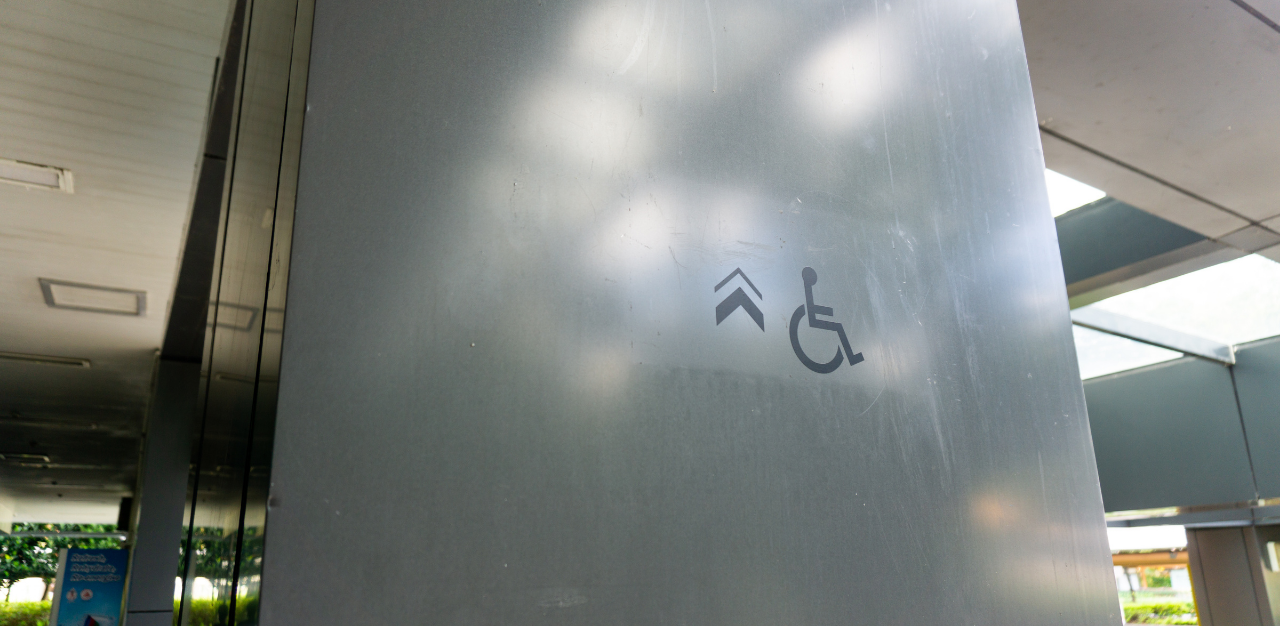
Unfortunately, the signs leading to the walkway in question are invisible from the street, and those unfamiliar with the area would not know to head in that direction. Ms Wee informs me that a lack of information and signs are common. Oftentimes, they end up making detours and wasting time searching for an accessible route.
Along the way, Ms Wee also draws my attention to various features that could frustrate wheelchair users, even if not inaccessible. Steep ramps, narrow walkways and exposed cabling are commonplace obstacles, she points out.
Errand complete, we embark to Newton Circus Food Centre. The plan is simple enough: take the underpass through Newton MRT, where Exit B should let us out near the food centre. It would have worked, if you are on foot, and not in a wheelchair.
Our journey is hampered by one simple problem: Exit B does not have a lift. Puzzled, Ms Wee sends me up the escalator to investigate as she had clearly seen an accessible drop-off point on street level. Indeed, there it is, and even a ramp up to the station. But halfway up the ramp, a sign directs me to Exit A across the road for an accessible entrance into the station.
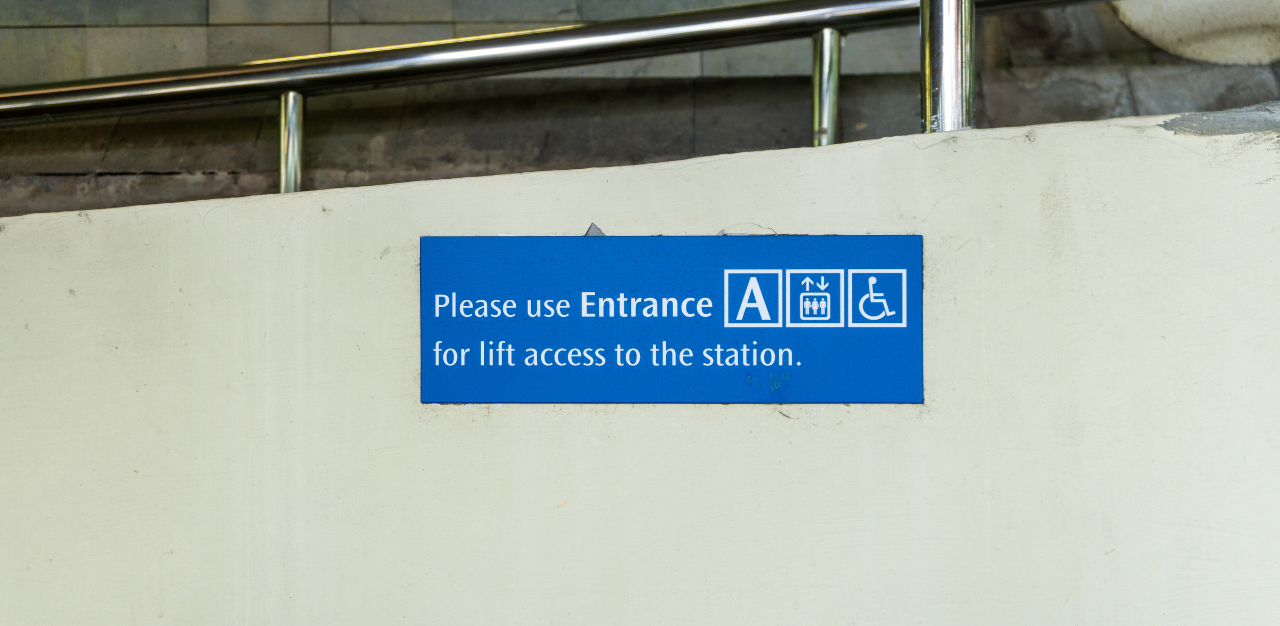
This would still have been fine and dandy, except I cannot find a way for a wheelchair user to cross the road.
When I return to the waiting Ms Wee, she asks, “Why include a wheelchair-accessible drop-off point at the entrance when the entrance itself is not accessible?”
Disheartened, we try to find an alternative route. There is one, eventually: A traffic light junction 350 metres away from the station, making for a 700-metre detour just to cross the road, whereas an individual not restricted to a wheelchair could have used the underpass. Not to mention, the route is unsheltered, and would be unpleasant if it rained.
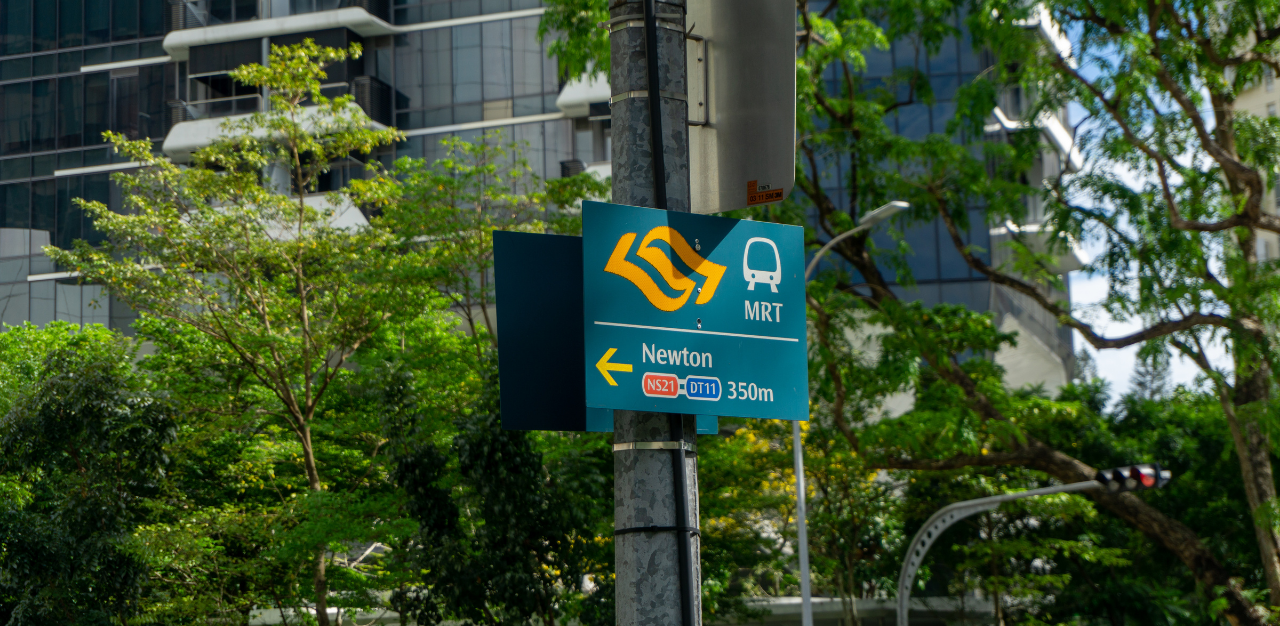
Nevertheless, we finally make it to the food centre without any other major hiccups. After a short rest, Mr Lim leads us to a traffic crossing near Little India, which he thinks may inconvenience individuals with a disability.
While getting to the junction itself, or even crossing it, is not an issue, Mr Lim cannot press the button to activate the green man because he struggles to reach it.
Mr Lim highlights that this is a common issue throughout Singapore, as many of these buttons are placed on the grassy verge a short distance away from the pavement, or mounted on kerbs and are too high for him. The problem is exacerbated when barriers set up around roadworks block the buttons. As a result, he has to either wait for someone to press the button for him, or resort to crossing when the pedestrian crossing light is red.
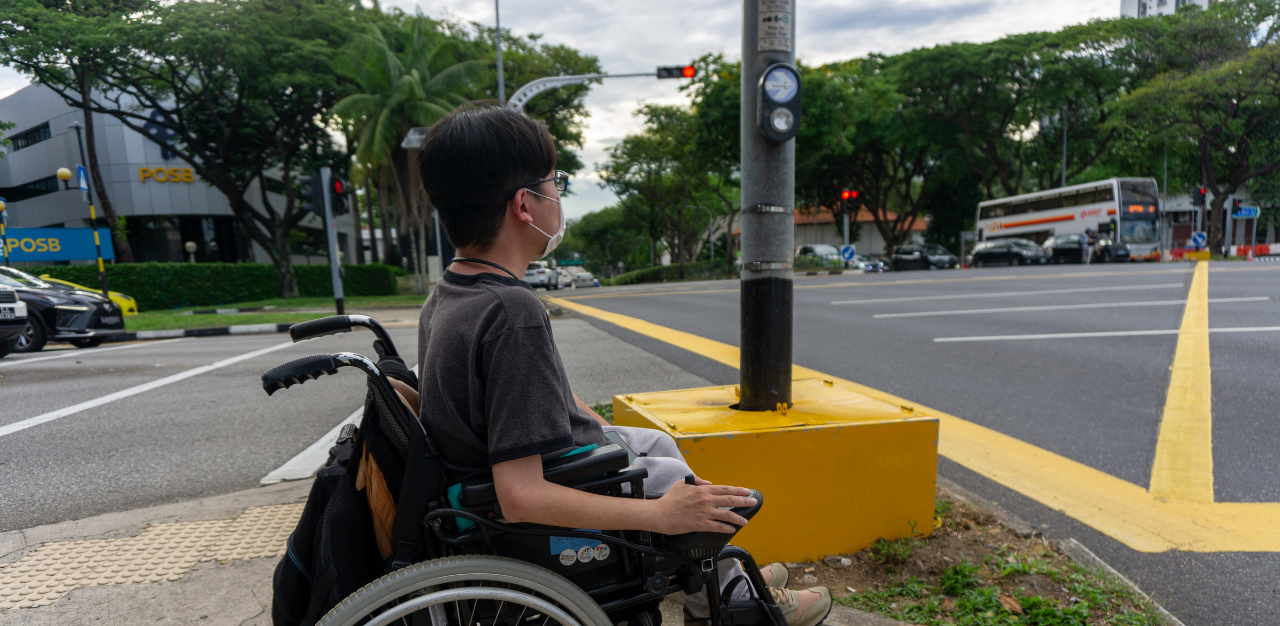
Making accessibility universal
Not enough thought is being given to accessibility, Ms Wee suggests. She cites COVID-19 measures as an example.
“A lot of developments close off exits,” she says. “Accessible entrances are locked off, and sometimes… you’ve to go [a] long way just to get to a particular entrance, [and] it might not be sheltered.”
Concurring, Ms Wong adds: “Routes to single point entry were sometimes not accessible or unsafe… Places such as large hawker centres and wet markets pose a challenge as entrances are not really identifiable.”
“Even if you want to lock up entrances, you really shouldn’t be locking up the accessible entrance,” says Ms Wee. “An accessible entrance can be used by everyone, but an inaccessible entrance, not everyone can use.”
Both Mses Wee and Wong refer to the concept of Universal Design, where design of an environment is done in a way that can be easily accessed, understood, and used by all people, regardless of ability, age, or size. In fact, Ms Wong points out that 2019’s Code on Accessibility in the Built Environment by the Building and Construction Authority places this concept in the spotlight.
“Considerations for vulnerable groups like those with disabilities should be part of the planning process and not an afterthought,” Ms Wong emphasises, “At the planning stage… consultation with different community groups, including persons with disabilities, on their needs, as well as the adoption of Universal Design can make the space inclusive for all.”
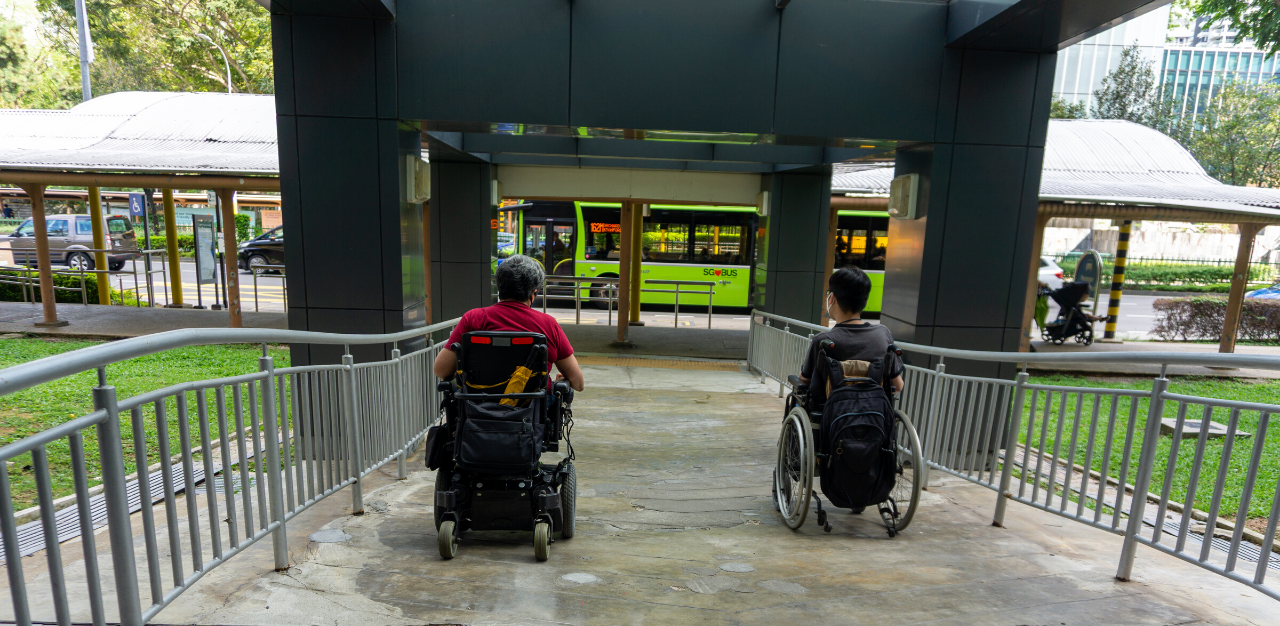
In this vein, Ms Wee also suggests that Universal Design should encompass sheltered areas: “If shelter can only be provided for either a flight of stairs or a ramp, can we shelter the ramp rather than the staircase? People who climb the stairs can use the ramp, but people who use the ramp, cannot use the staircase.”
Beyond just functionality, Ms Wee also hopes that accessibility can be considered in the realm of recreation.
“Allow us to have the same adventures as everyone else,” she says. “Allow us to trek in the parks. It doesn’t have to be paved, but it has to be solid, firm ground so everyone can access it conveniently.”
We can do better
While infrastructural changes may take time, community efforts can still go a long way towards creating an inclusive environment.
“If the public sees that there is someone struggling, ask whether they need help,” Ms Wee encourages.
She also addresses the abuse of wheelchair-friendly facilities by the public, such as restrooms, accessible parking lots and lifts. While she does not condemn individuals for using some of these facilities, she hopes that the community will be more considerate and mindful of those who need them more.
Agrees Ms Wong, “Physical accessibility can only do so much to support the integration of persons with disabilities in mainstream society. But when fellow Singaporeans keep an eye out for one another, including persons with disabilities who may require assistance, that will make Singapore truly inclusive.”
Join the conversations on THG’s Facebook and Instagram, and get the latest updates via Telegram.
